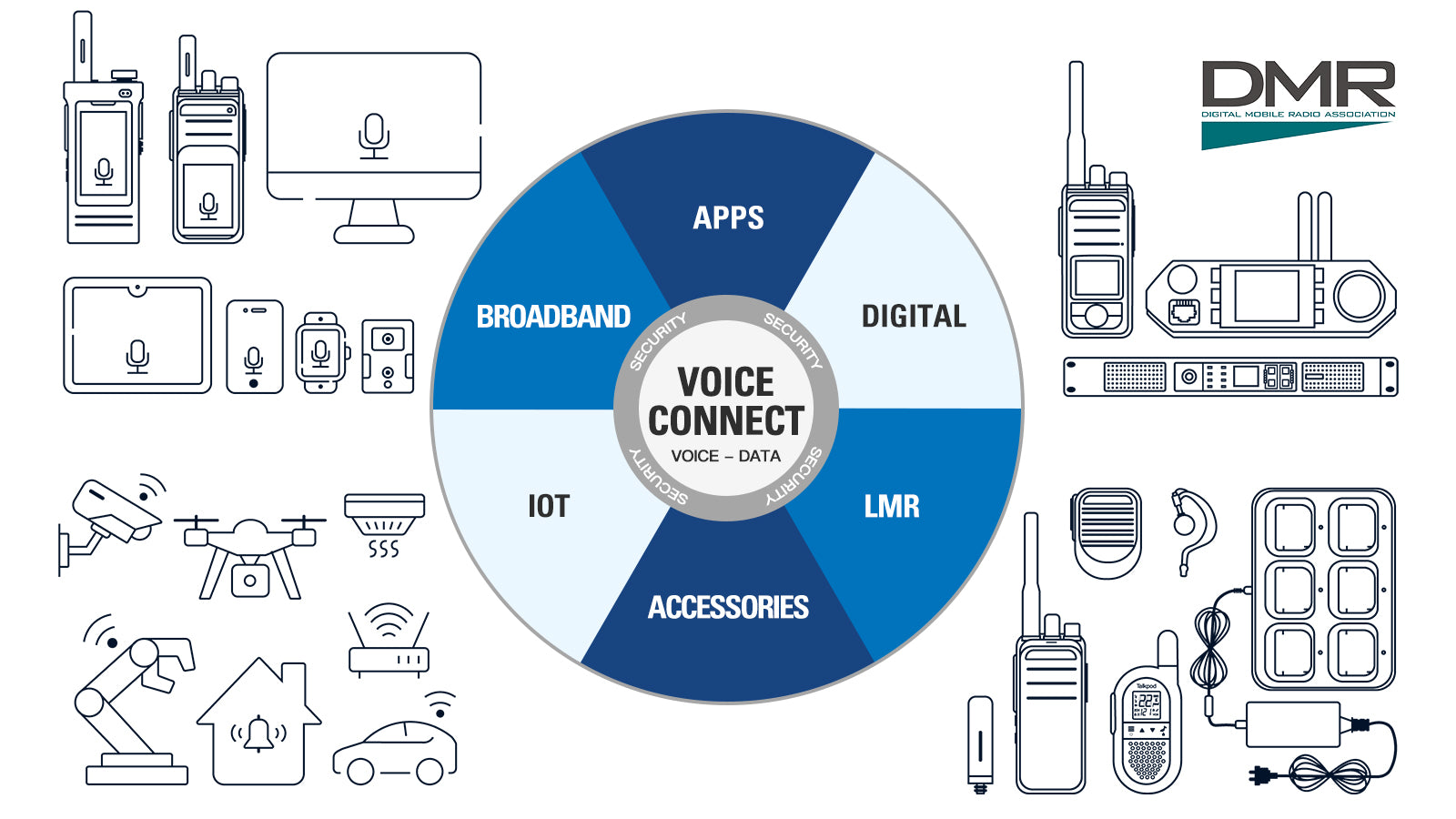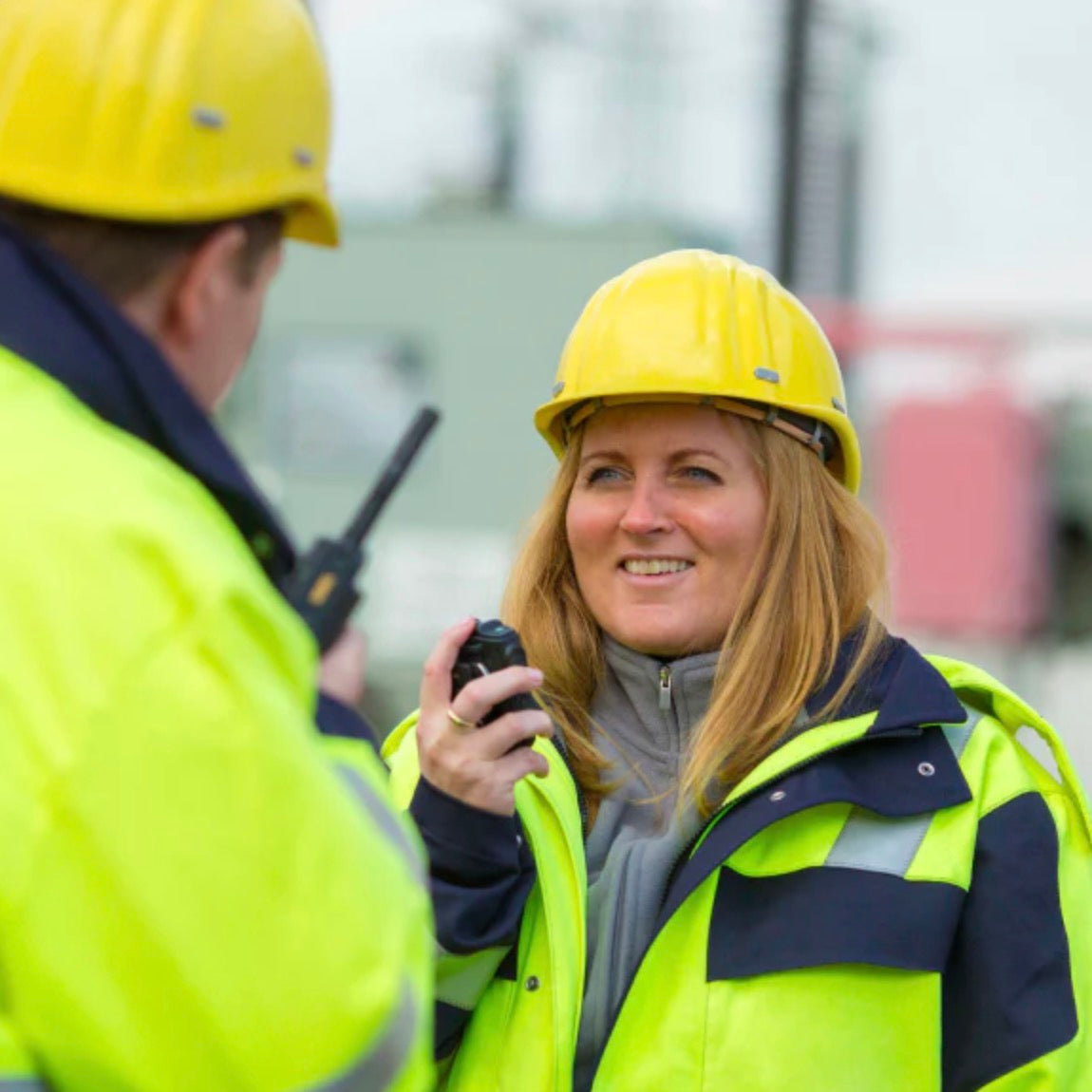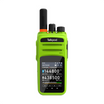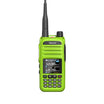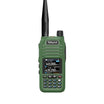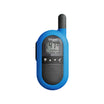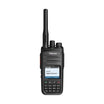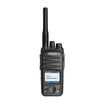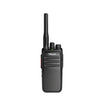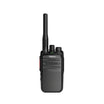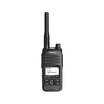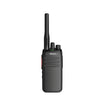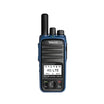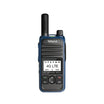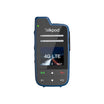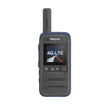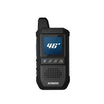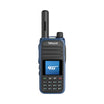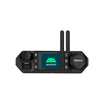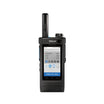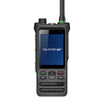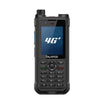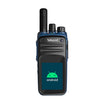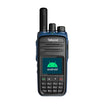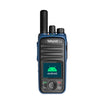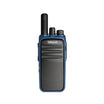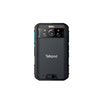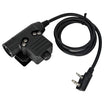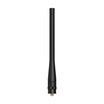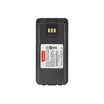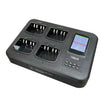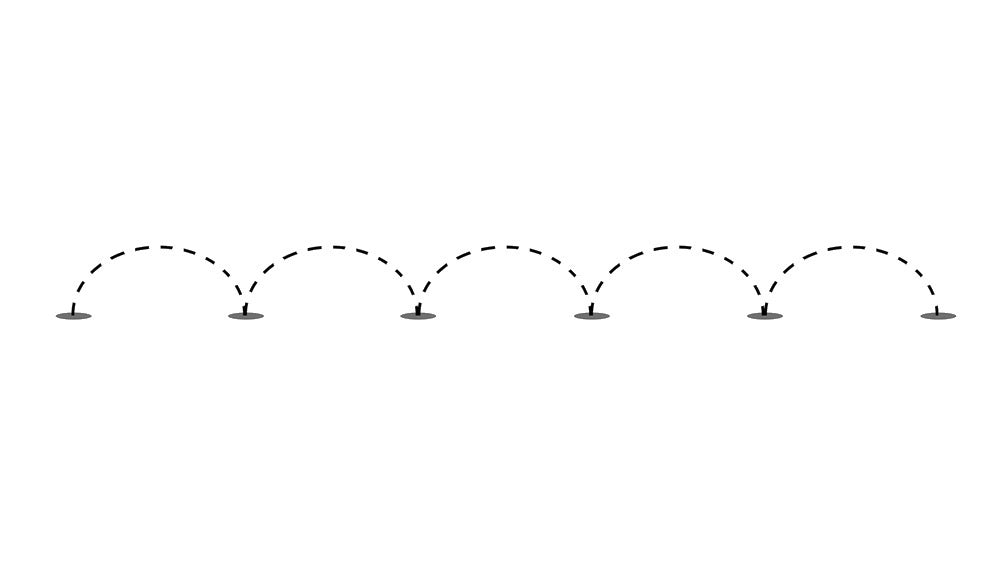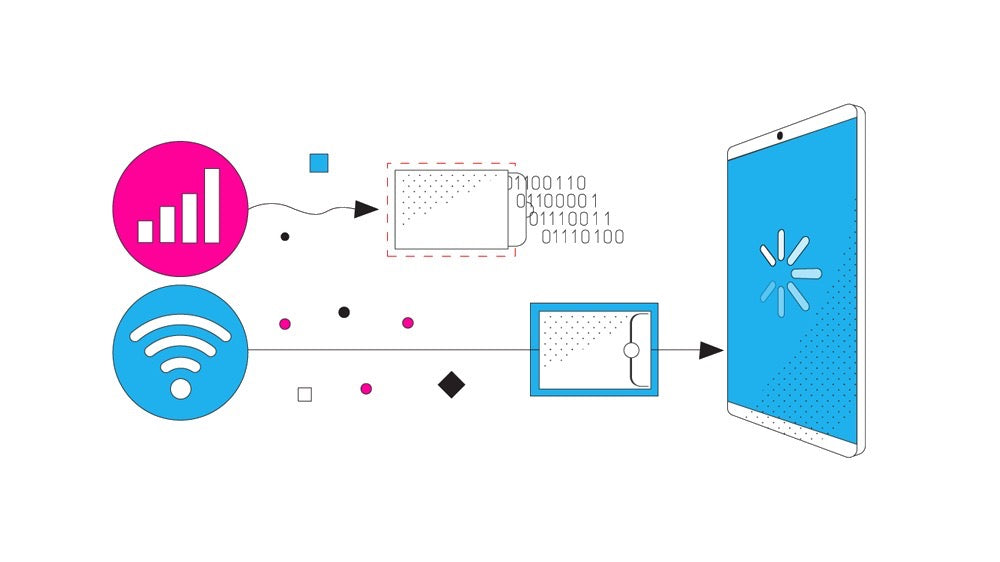In the realm of digital communication, the term "full-duplex" signifies the capability of a system to transmit and receive data simultaneously. Imagine having a conversation over the phone, where both parties can speak and listen at the same time, without waiting for the other to finish. This seamless exchange is the essence of full-duplex communication.
Full-duplex technology is not just limited to telephonic conversations but extends to various digital devices and communication systems, enabling a two-way simultaneous data flow. This technology is integral to achieving real-time communication in various applications, from mobile phones to sophisticated radio systems and internet protocols.
The advantage of full-duplex communication is its efficiency and fluidity, allowing for a more natural and immediate exchange of information. This can be particularly crucial in scenarios where real-time response is vital, such as emergency services, financial trading floors, and critical control systems.
The mechanics of full-duplex communication involve complex signal processing and circuit designs that allow devices to send and receive signals simultaneously over the same channel. This is in contrast to half-duplex systems, where transmission and reception occur alternately, not simultaneously.
In the fast-paced world of digital communication, full-duplex systems stand out for their ability to enhance interaction, reduce latency, and improve the overall efficiency of communication networks. As technology evolves, the push towards more advanced full-duplex systems continues, promising even greater improvements in communication speed and quality for future generations.


